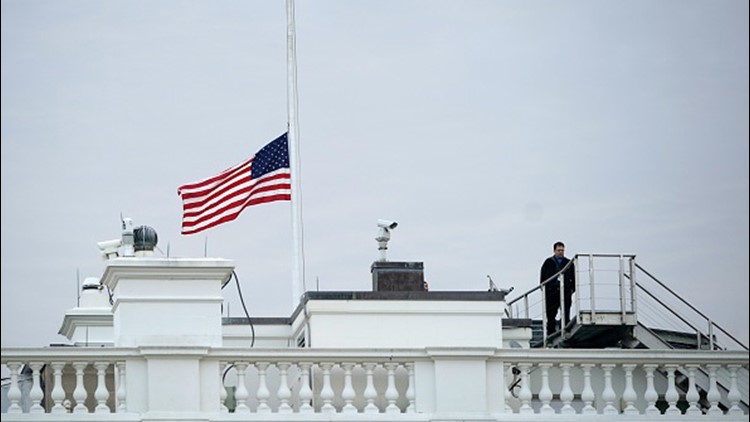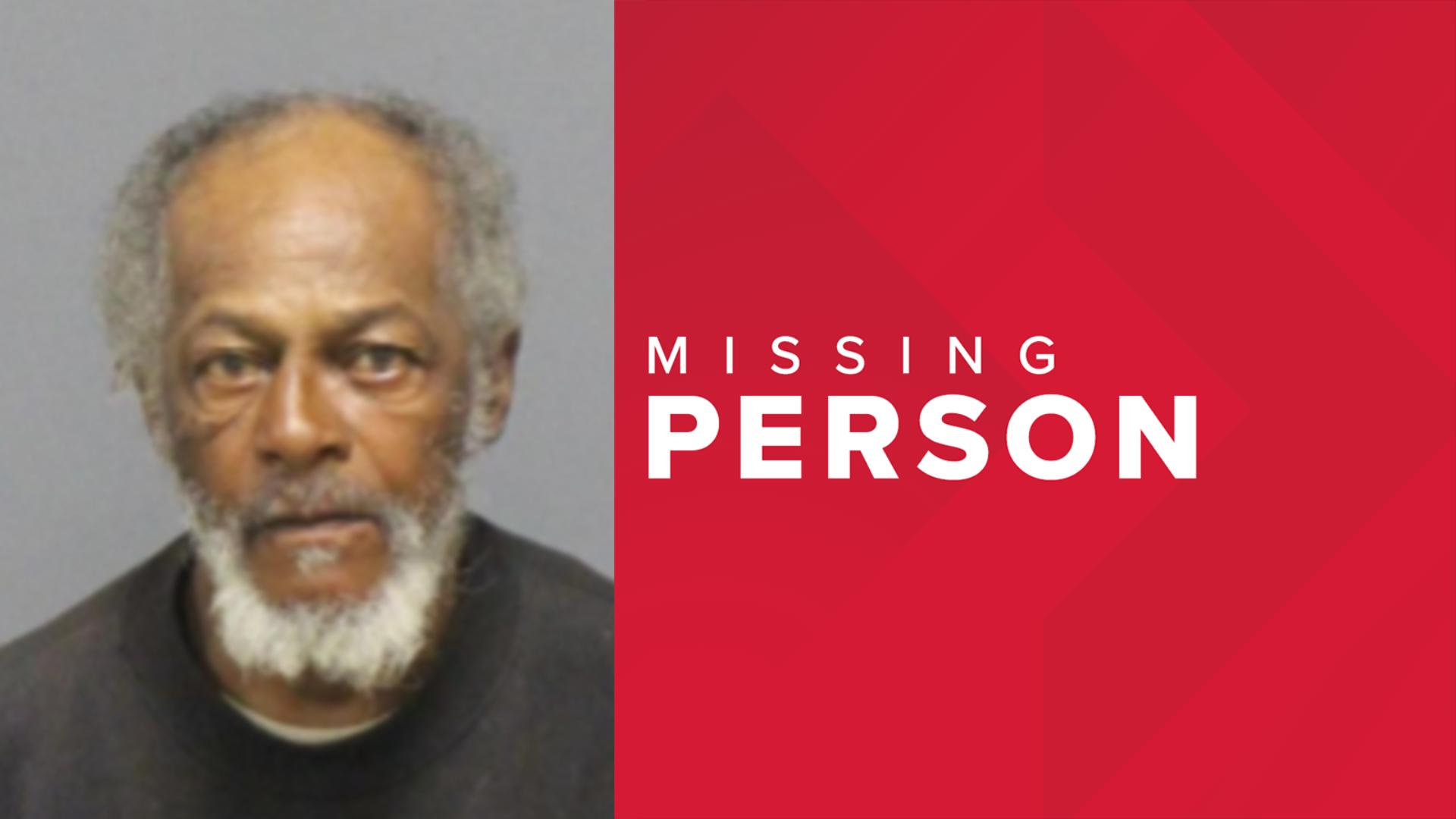Of all the weighty decisions a president makes, signing a proclamation to lower flags to half staff is about symbolism.
It's done to mark national tragedies such as the passing of former presidents, the loss of service members or – increasingly – the far-too-common phenomenon of mass shootings.
So in declining to issue a proclamation lowering flags to half-staff for the victims of a newsroom shooting in Maryland last week, President Trump drew criticism from those who saw a lost opportunity to unite the nation.
"Shame, shame, Mr. President," said former Democratic National Committee chairwoman Donna Brazille on Twitter.
“Is there a cutoff for tragedy?” Annapolis Mayor Gavin Buckley told the Capital Gazette, the same newspaper where a shooter killed five staff members last week. “This was an attack on the press. It was an attack on freedom of speech. It’s just as important as any other tragedy.”
The White House did not respond to a request for comment.
Trump on Tuesday morning did wind up ordering flags to half-staff.
White House press secretary Sarah Huckabee Sanders said Trump made the decision Monday night, after hearing about a request from Annapolis Mayor Gavin Buckley. "I spoke with the mayor last night and again this morning to let him know the president’s decision," she said.
Trump has ordered flags lowered for four previous mass shootings — all of which killed more people: Las Vegas, Nev. (58 dead), Sutherland Springs, Tex. (26 dead), Parkland, Fla. (17 dead), and Santa Fe, Tex (10 dead). Each time, flags over federal buildings and U.S. ships were lowered for four days.
But like his predecessors, Trump also faces a grim calculus: What differentiates a devastating crime from a truly national tragedy? Is it a matter of body count, or do some attacks carry with them a symbolic significance that transcends the police report?
Brandon Rottinghaus, a University of Houston professor who studies presidential proclamations, said the Maryland shooting was not just about the number killed, but that "the crucial role of the free press in America puts their status on par with any other government official."
"This is a missed opportunity to make a truce with the press," he said. "To not lower the flag unfortunately says a lot about the president’s view of the members of the media."
But Trump isn't the first president to grapple with that dilemma. When a Kuwaiti-born Tennessee man shot and killed five service members at recruiting stations around Chattanooga in July 2015, the Obama White House struggled to explain why it took President Barack Obama five days to sign a proclamation.
"I'm glad President Obama followed my lead and lowered the flags half-staff. It's about time!" tweeted Trump, then a candidate for the White House. He had made a show of lowering the flags on Trump Tower.
(The Chattanooga controversy spurred an Internet meme that falsely claimed Obama lowered the flag for pop singer Whitney Houston. Instead it was New Jersey Gov. Chris Christie who made that decision for state flags.)
But Obama ended up setting a presidential record for the most flag-lowering proclamations — what then-press secretary Josh Earnest called "a symbolic expression of national mourning."
"It certainly is a way, symbolically, to demonstrate that the country is united in our support for a community that’s mourning," he said in 2016. But he also acknowledged that the occasions marked by lowering the flag have evolved over generations.
President Dwight Eisenhower first tried to give some order to the process, signing a proclamation in 1954 governing how many days the flag should be lowered on each occasion: Presidents and former presidents would get 30 days. Vice presidents, chief justices and House speakers would get 10 — and so on down the order of protocol.
But over time, presidents also began to recognize other tragedies: The crew of a sunken nuclear submarine, passengers of downed airliners, and victims of terrorist attacks. President George W. Bush ordered flags lowered for victims of the Virginia Tech shooting, and Obama continued that trend for mass shootings under his watch.
But in those cases, there are no hard-and-fast rules for when a president should or shouldn't lower the flag.
"Its all politics," said Charles A. Spain, a Houston attorney and director of the Flag Research Center. "What is the message that the administration wants to get out? And I would argue that one of the most powerful symbols you can use in the presidency is the flag."
"The fact that it’s not lowered is also statement," he said. "Inaction is action."
Governors and mayors, too, can order the lowering of flags of their state or city. Maryland Gov. Larry Hogan gave that order Saturday.
“With the lowering of the Maryland flag, we honor the dedicated journalists of our hometown newspaper in our state’s capital," he said. "Journalism is a noble profession upon which our democracy depends, and we will fight to defend it.”
But the mayor of Annapolis said that — despite his disappointment in Trump — he would not order his city's flags lowered on his own. “At this point in time, it would start to polarize people and I don’t want to make people angry,” he told the Capital Gazette.



